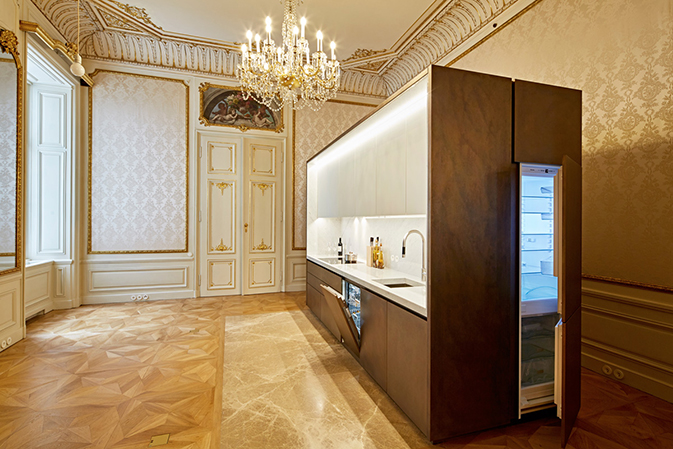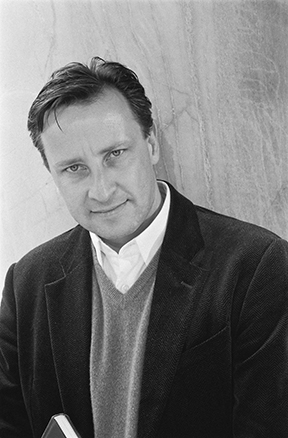Palais, Palais., Wien

"The Palais tell a seven hundred year old story."
Vienna: contemporary living in two palaces rich in tradition in the Herrengasse.
Many have experienced the grandeur of the palaces in the Herrengasse: noble occupants and hotel guests, or in more recent times, as the editorial headquarters of the "Standard" daily newspaper. Today the Palais Trauttmansdorff and Palais Batthyány-Strattmann can be inhabited again – at least the upper floors. The architect Martin Mittermair talks about the attraction of old walls and integration of modern comforts.



